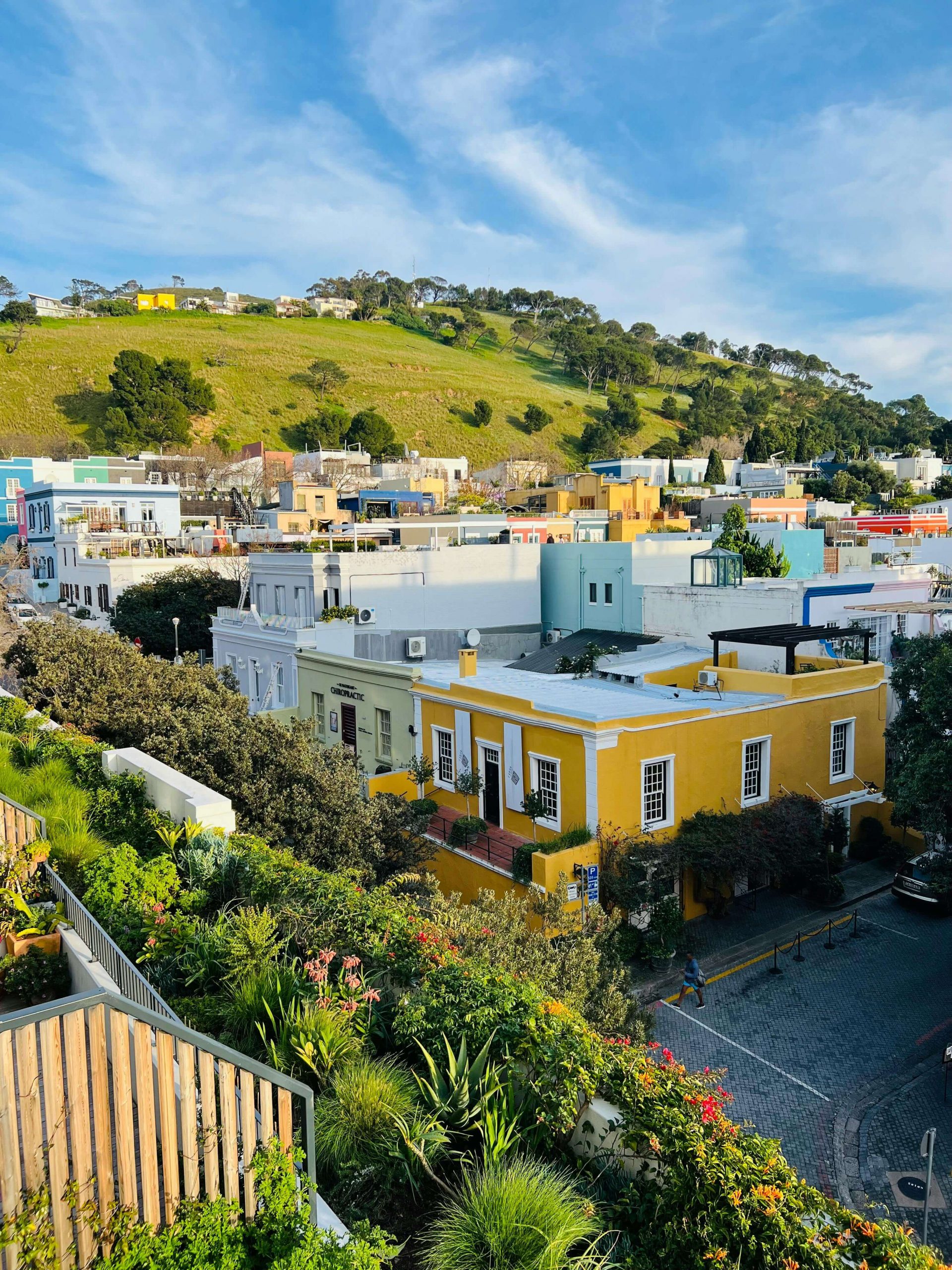Cape Town’s art scene is emerging as a pivotal force in revitalising the city’s central business district (CBD), particularly following the recent culmination of Africa’s largest contemporary art fair, Cape Town Art Fair.
The fair’s 12th edition has not only affirmed its reputation as a dynamic platform for showcasing exceptional artistic talent but has also confirmed the value of the creative economy in driving local and international engagement.
This year’s fair stood out with its impressive turnout of over 30,000 visitors and 124 exhibitors, including 30 first-time participants. The diverse range of artworks displayed, spanning innovative materials to bold new expressions, featured contributions from 500 artists across 58 countries.
Laura Vincenti, the art fair director, emphasised the importance of this event, stating, ‘It maintains a unique balance between local and international galleries, acting as a vital space for discovery, networking, and fostering meaningful connections for collectors and galleries from around the world on the African continent.’
The vibrant inner-city culture of the Cape Town CBD is, in large part, fuelled by its flourishing art sector. Events like the famed First Thursdays attract considerable foot traffic, benefiting not only galleries but also the local dining and retail industries.
The annual State of Cape Town Central City Report 2023 published by the Cape Town Central City Improvement District (CCID), noted significant growth in the creative economy, with 19 new artistic studios established in 2023, bringing the total to 43. This marks a significant rise in the collective presence of artistic studios and galleries that enhance the city’s cultural fabric.
CCID CEO Tasso Evangelinos highlighted the broader implications of the growth in the art world, saying, ‘the influence of the art world extends far beyond its economic benefits and needs to be nurtured. The creative economy has helped maintain the city’s vitality during challenging economic times, creating jobs and attracting investment outside of traditional business sectors.’ The CCID plays a crucial role in fostering this activity, ensuring the CBD remains clean, safe, and inviting.
The growing significance of Cape Town’s art sector is further underscored by initiatives such as the HEAT Winter Art Festival, organised by art expert Mary Corrigall.
The festival spotlighted art exhibitions alongside performances of jazz, opera, and theatre, focusing on supporting emerging artists in the traditionally slower winter months.
According to Corrigall’s African Art Ecosystems 2024 report, the commercial art gallery segment in South Africa has seen a dramatic increase of 33% between 2019 and 2024.
Cape Town’s art ecosystem, which includes an array of galleries, studios, and private foundations, has experienced the most significant growth during and post the Covid-19 pandemic, surpassing developments seen in cities such as Johannesburg, Casablanca, and Lagos.
Corrigall noted, ‘Cape Town is one of the most significant art capitals in Africa. The growth of brick-and-mortar galleries in Cape Town ironically stems from the digitisation of the art market during the pandemic, which allowed new art entrepreneurs to gain access to the market without needing a physical space,’
Jennifer Reynolds, founder-owner of StateoftheART gallery, concurs with the assessment of art’s influence on the CBD’s economy. She articulates that the art scene attracts tourists, drives collaborations between businesses, and provides artists with innovative platforms to showcase their work.
‘Cape Town’s art scene is evolving into an ecosystem that merges art, commerce, and community engagement,’
ALSO SEE: THE ART LOVERS GUIDE TO 5 MUST-SEE ART GALLERIES IN SA
Image: Pexels
This article was originally published by Cape {town} Etc.


